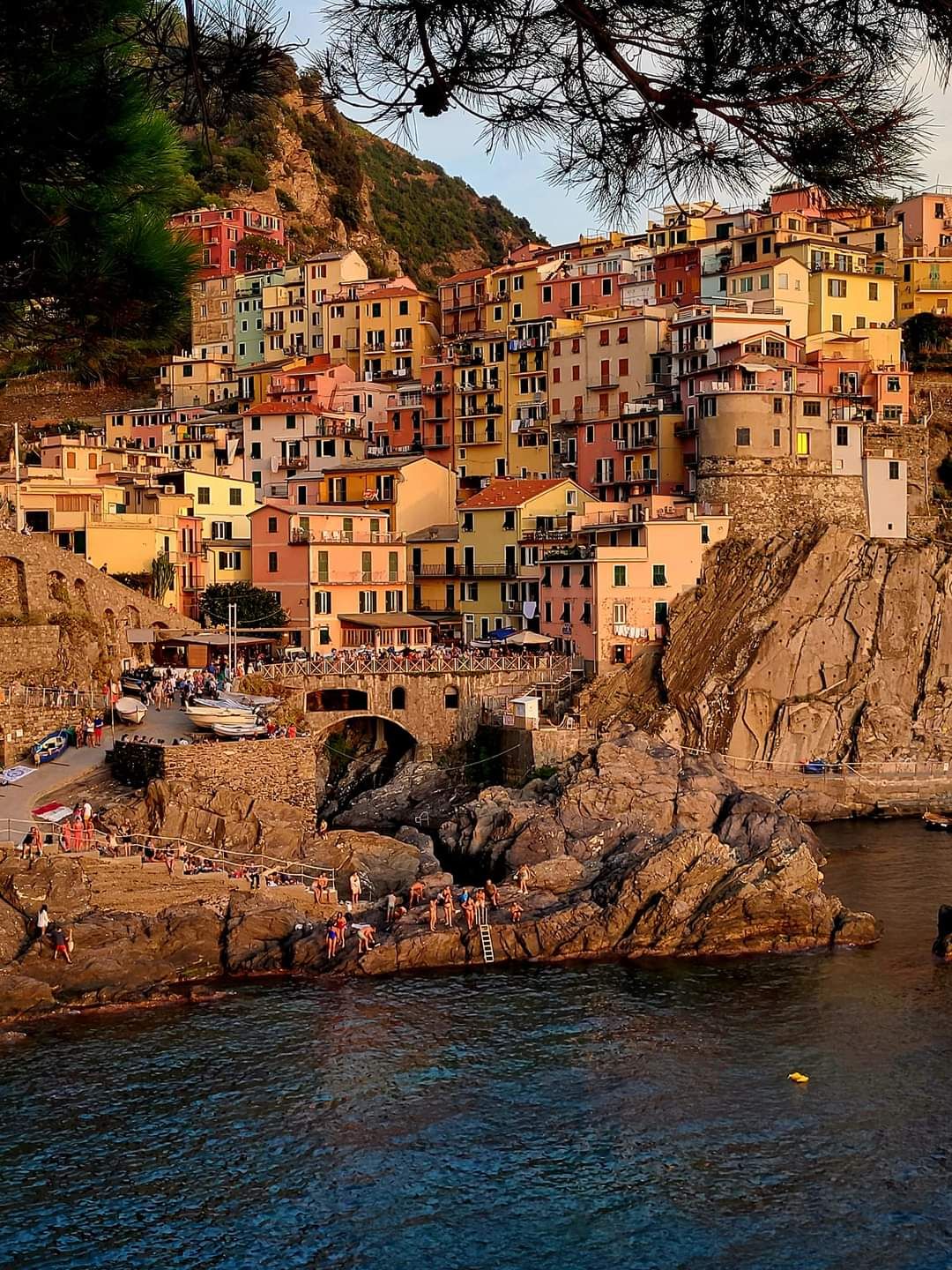When I was a kid growing up in Texas, I learned that live oak trees are called live oaks because they stay green all winter. I spent part of those early years in a small but historically significant town in South Texas called Goliad. In Goliad, the streets are built around the revered centuries-old live oak trees, who stand as rare living witnesses of Texas’ fight for independence from Mexico more than 180 years ago. Those trees, some directly in the middle of the road, are lovingly protected from any oncoming traffic by limestone barriers and reflectors. The message is clear, the old oak trees are far more important than the convenience (and safety) of a straight road. To me, the live oak came to be symbolic of the Texas I knew – strong, enduring, something to be respected.
Recently on a trip to Long Beach Mississippi, I was surprised and humbled by the stories I read of the live oak trees along the Mississippi Gulf Coast, a place where I did not imagine live oaks would be, much less thrive as they do. Like the oak trees I had known in Texas, the ones in Mississippi have been around for hundreds of years and have endured much. The oldest example of this that I saw in Long Beach was the Friendship Oak at the University of Southern Mississippi. The plaque that stands near this remarkable tree begins, “I was a sapling when Columbus sailed into the Caribbean…”, more than 500 years ago.

On the day that Hurricane Katrina roared ashore, August 29, 2005, many of those live oaks became unwitting heroes, earning their name in a new way by saving lives, cradling people and animals above the 27-40 foot storm surge(reports are conflicting) in their twisted, ancient arms, their evergreen leaves stripped away and limbs broken off in the 120 mph sustained winds, gusting close to 200 mph at times. Afterward, the people they saved went on to rebuild their shattered lives, but many of the savior-oaks were either reduced to ragged stumps by the wind or poisoned at the roots by the saltwater flood. About fifty of these dead trees were carved into chainsaw art by Marlin Miller, Dayle K. Lewis and Dayton Scoggins, in an attempt to preserve something of the beauty of the formerly majestic trees.

One of the most notable of these sculptures is the “Angel Tree”, now located in Bay St. Louis, MS, which was responsible for saving the lives of the owner of the Bay Town Inn B&B, Nikki Moon, her dog, and friends Doug Nicolet and Kevin Guillory. The full newspaper article is at http://www.jacksonville.com/article/20140830/SPORTS/801250867 Nikki was able rebuild her B&B, pictured below, in Bay St. Louis.

I was able to find some of the sculpted trees, and have uploaded the pictures I took in the photo gallery of this site. If you want to see more of these live oak sculptures, you only have to drive along U. S. Route 90 from Mobile, AL to Bay St. Louis as I did. They are mainly in the median, and once you see one, you will probably start to notice them everywhere.

The most incredible thing about these Gulf Shore live oak heroes is that even after their branches were shorn off, their roots poisoned with salt, and their naked remains carved into sculptures, some of them began to show signs of new life, sending out hopeful branches and new leaves, earning the name “live oak” as a symbol of resilience, and proving that it takes a hell of a lot to kill a live oak tree.


